The first walled fortification of the German city of Dresden was seriously expanded in the 15th century. It was eventually transformed into one of the most amazing Baroque buildings in the world.
The amazing palace complex in the historic heart of the city has served multiple purposes throughout its history. Today, it’s a great place to enjoy fine art and the occasional concert.
In this article, you’ll discover some of the most interesting facts about the Zwinger the most famous landmark in Dresden.
1. It’s located on the northeastern edge of the old inner city
The Zwinger is the name of an extensive palace complex in Dresden, the capital city of the German state of Saxony in the eastern part of the country.
The city was established by the Sorbs, a West Slavic tribe, on the southern bank of the Elbe River. It grew from a small settlement to a metropolitan area that is home to over 1.3 million people today.
The palace is situated just south of the river and just northwest of where the initial settlement was established. This is the northwestern edge of the “Innere Altstadt” or “Old Inner City.”
The complex is surrounded by other famous landmarks in Dresden such as the Dresden Castle to the east and the Semperoper to the north. The Dresden State Theatre is located just southwest of the palace.

2. It was constructed on the remains of a 12th-century fortification
The first fortification in this location was already constructed shortly after the Sorbs arrived here in the late 12th century.
There’s a notion of an enclosed fortification in Dresden in the year 1216 and this was constructed right where the Zwinger Palace is located today.
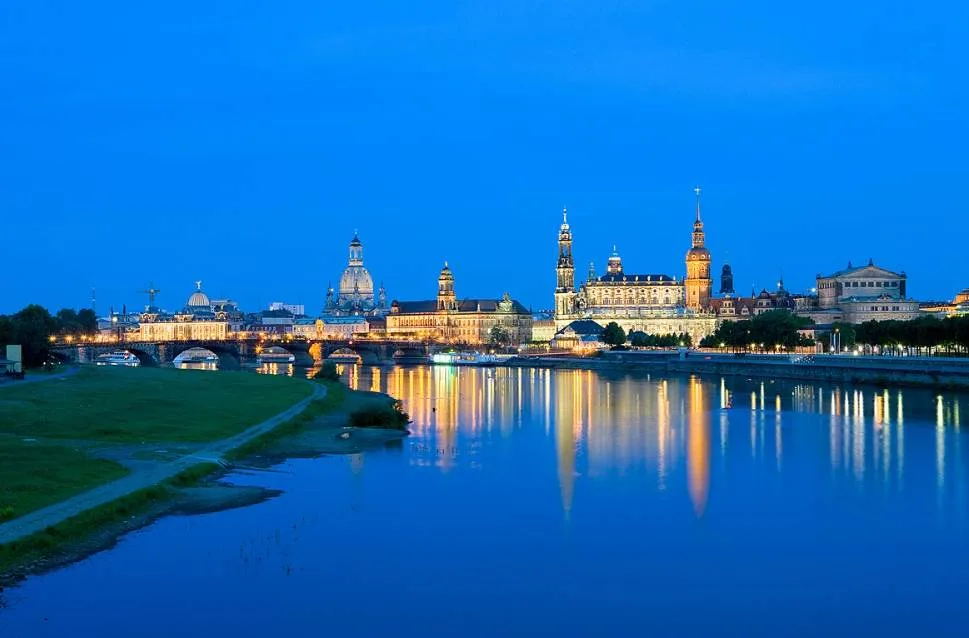
3. The palace got its name following a 15th-century expansion phase

Just like any other castle in Europe, the first fortification featured a defensive wall. The 15th century was a turbulent period in the region because of the Bohemian Wars.
These wars were fought between the Hussites and a collection of armies from the Holy Roman Empire, the papacy, and various monarchs all around Europe.
Because of this Hussite Revolution, a second outer wall was constructed around the city fo Dresden and the Zwinger.
The moat had to be moved and an area in between the inner and outer walls was created. This outer ward was referred to as the Zwinger.
Although the defensive nature of the fortification was completely redundant by the time that the palace complex was constructed, this name stuck.

4. A redevelopment phase in the 16th century proved to be quite complicated
Moving the moat was complicated, but the most troubling redevelopment phase in the history of Dresden’s inner city happened in the 16th century.
During this time, the Zwinger was still located just outside of the city walls and a nearby river that was part of the Weißeritz river ran nearby.
This section of the Elbe’s tributary doesn’t exist anymore due to this redevelopment phase which allowed the palace complex to be constructed.
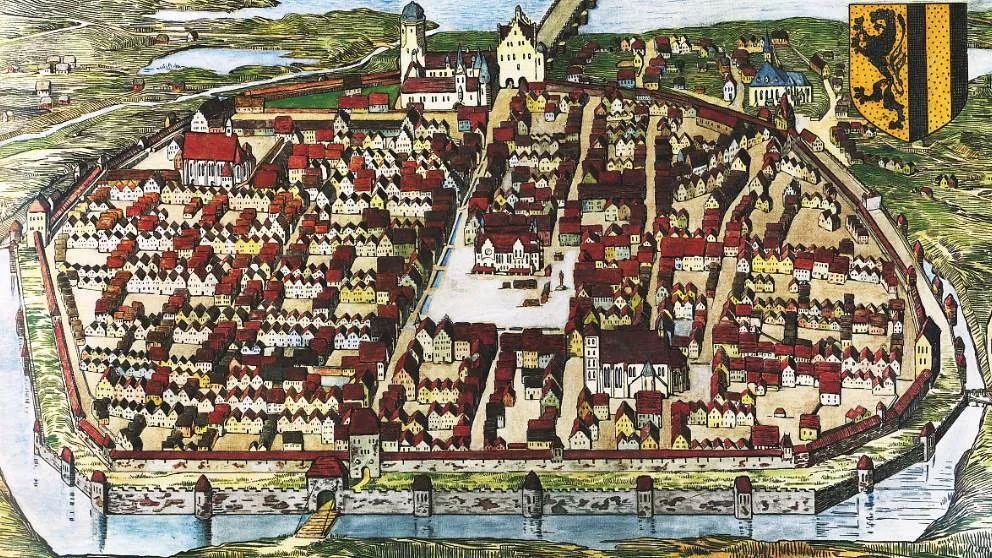
5. The Baroque building was commissioned by Augustus II in the 17th century
Augustus II, a man also known as Augustus the Strong (1670-1733) came to power in the late 17th century. He reigned as the Elector of Saxony and later the King of Poland until his death.
Before he became the ruler of the area, he had visited France and Italy. he had witnessed the splendor of the opulent Palace of Versailles and aimed to replicate this grandeur in Dresden.
He never managed to commission a palace the size of Versailles but did hire court architect Matthäus Daniel Pöppelmann (1662-1736) to complete the job.
Baroque was the dominant style in Europe at the time. The Zwinger is considered to be one of the most prominent examples of Baroque architecture in Germany.
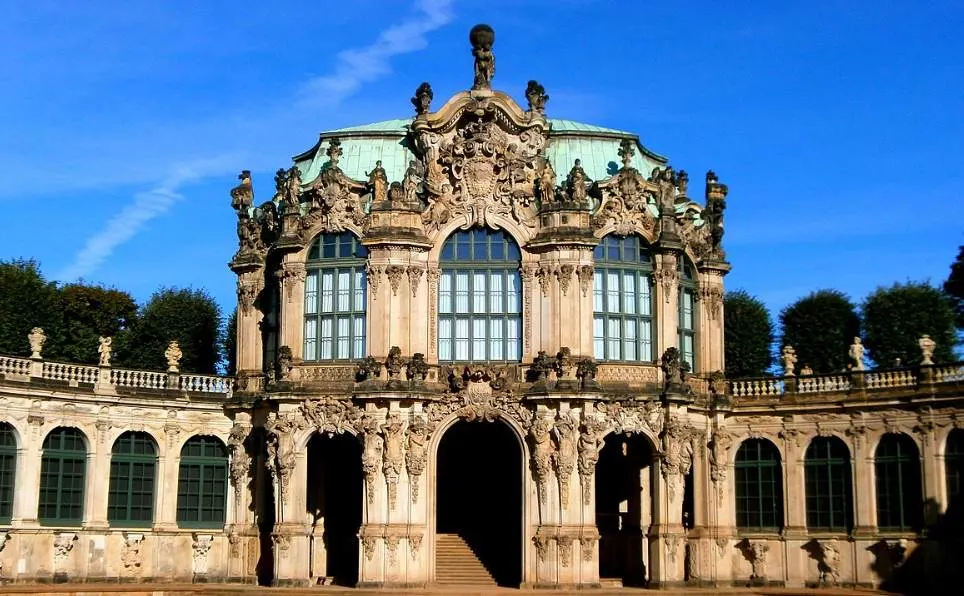
6. The building was inaugurated 9 years before it was completed in 1728
The construction of the building started in 1710 and the building was officially inaugurated in 1719. This is remarkable because the palace complex wasn’t completed until 1728.
The reason was a special occasion because electoral prince Frederick August (1696-1763) married the Habsburg Archduchess Maria Josepha (1699-1757) that year.
The exterior of the complex was mostly completed so they formed an amazing background for the event, even though the interior was still only roughly finished at the time.
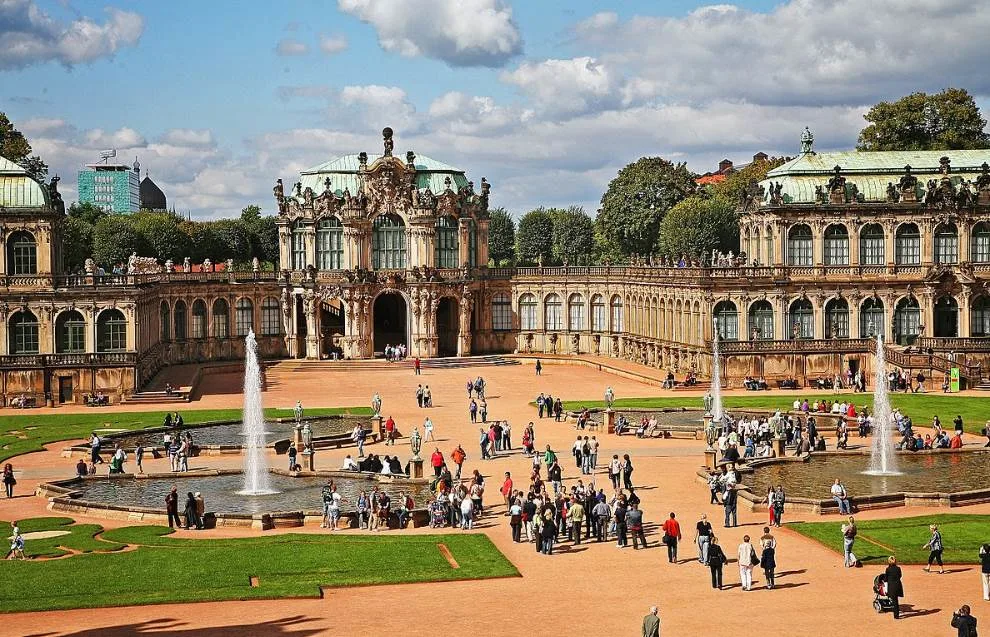
7. A Neoclassical building completed the palace complex in 1855
Augustus the Strong died in 1733 and this marked the end of the construction of the palace in the 18th century.
Although the existing buildings were completed, there was still an opening on the north toward the banks of the Elbe River and the modern-day Theatre Square.
It wasn’t until the year 1847 that the former grandiose plans were revised and an additional Neoclassical building was constructed to complete this part of the project.
The Semper Building was named after its architect, Gottfried Semper (1803-1879), and was completed between 1847 and 1855. It was instantly used as a museum upon completion.
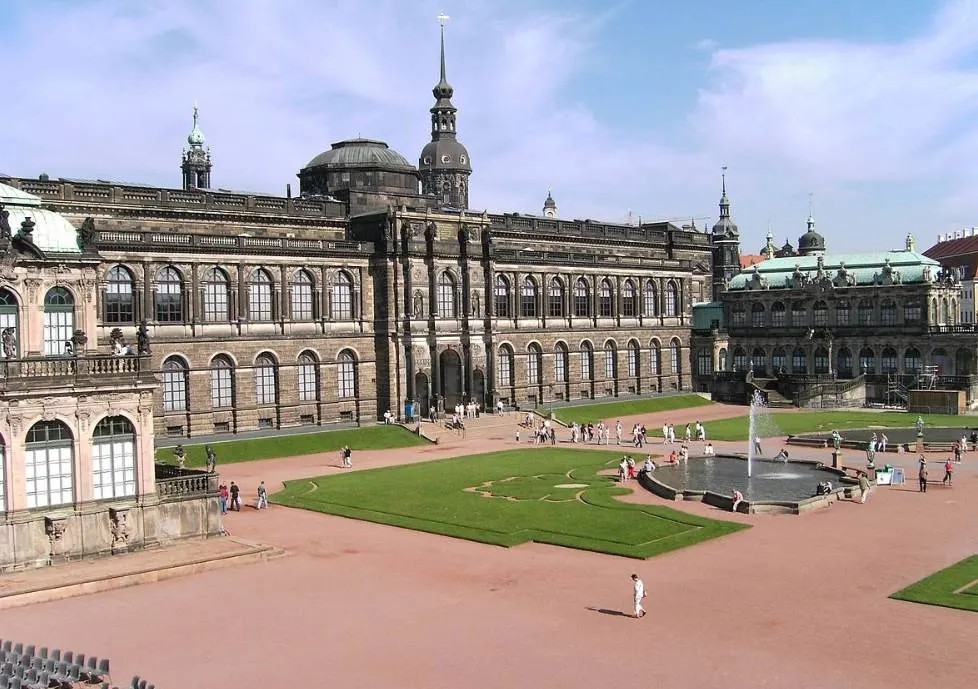
8. Most of the palace buildings were destroyed during World War II
The city of Dresden was heavily targeted by allied forces at the end of World War II. Carpet bomb raids flattened the entire city between February 13 and 15 and nothing was spared.
This means that most of the original buildings of the Zwinger Palace were completely destroyed.
Luckily, the art collection inside the museum was evacuated beforehand and completely preserved.
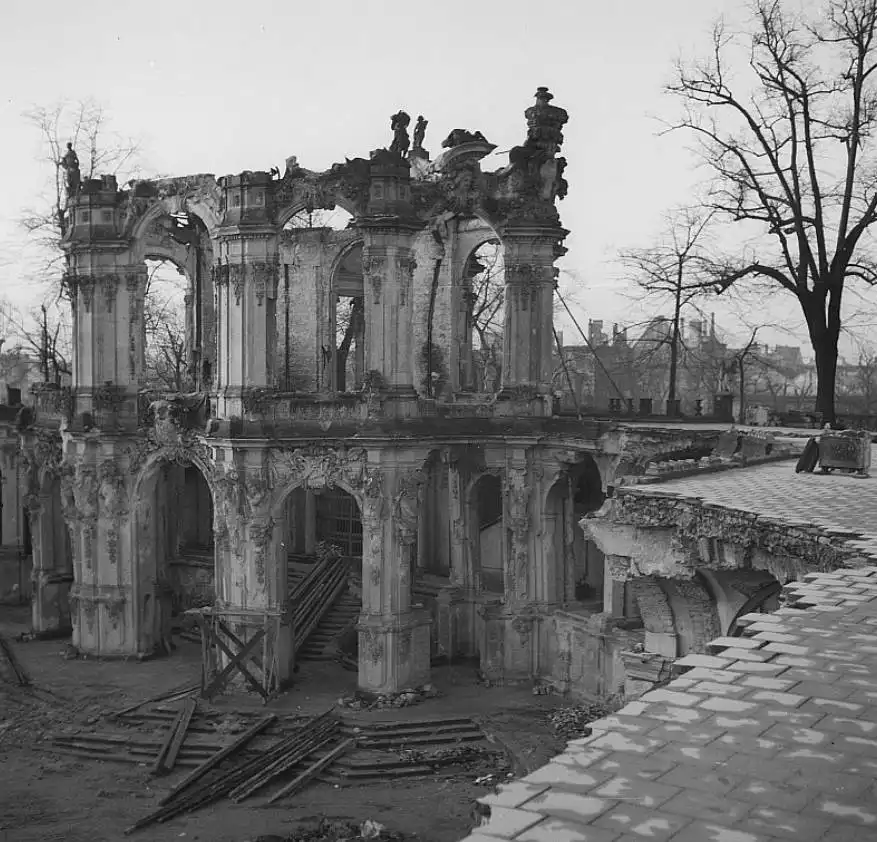
9. The palace was completely reconstructed by 1963
The palace complex held an important position in the history of Dresden and was one of the first buildings to be reconstructed following the war.
The Soviet Army initiated the first phase as early as 1945 and the complex was accurately rebuilt in the following years.
The first buildings reopened to the public in 1951 and the palace was completely restored to its former glory by 1963. Yes, this includes the remrkable ornaments that decorate the Baroque buildings.
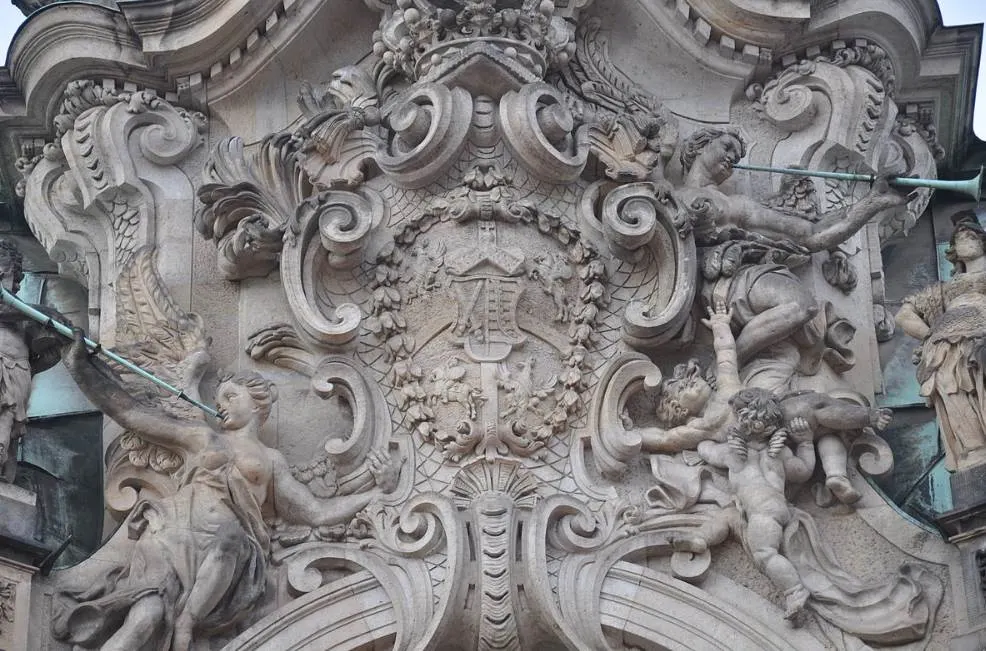
10. The Semper Gallery holds some of the most famous paintings in the world
The Zwinger is home to 3 different museums in Dresden:
- Gemäldegalerie Alte Meister (Old Masters Picture Gallery)
- Dresden Porcelain Collection (Dresdener Porzellansammlung)
- Mathematisch-Physikalischer Salon (Royal Cabinet of Mathematical and Physical Instruments)
The Old Masters Picture Gallery houses a collection of about 750 paintings, including some of the most famous paintings in history.
The Sistine Madonna by Raphael, the Procuress by Johannes Vermeer, and the Dresden Triptych by Jan van Eyck are just a few of the masterpieces in the museum’s collection.

